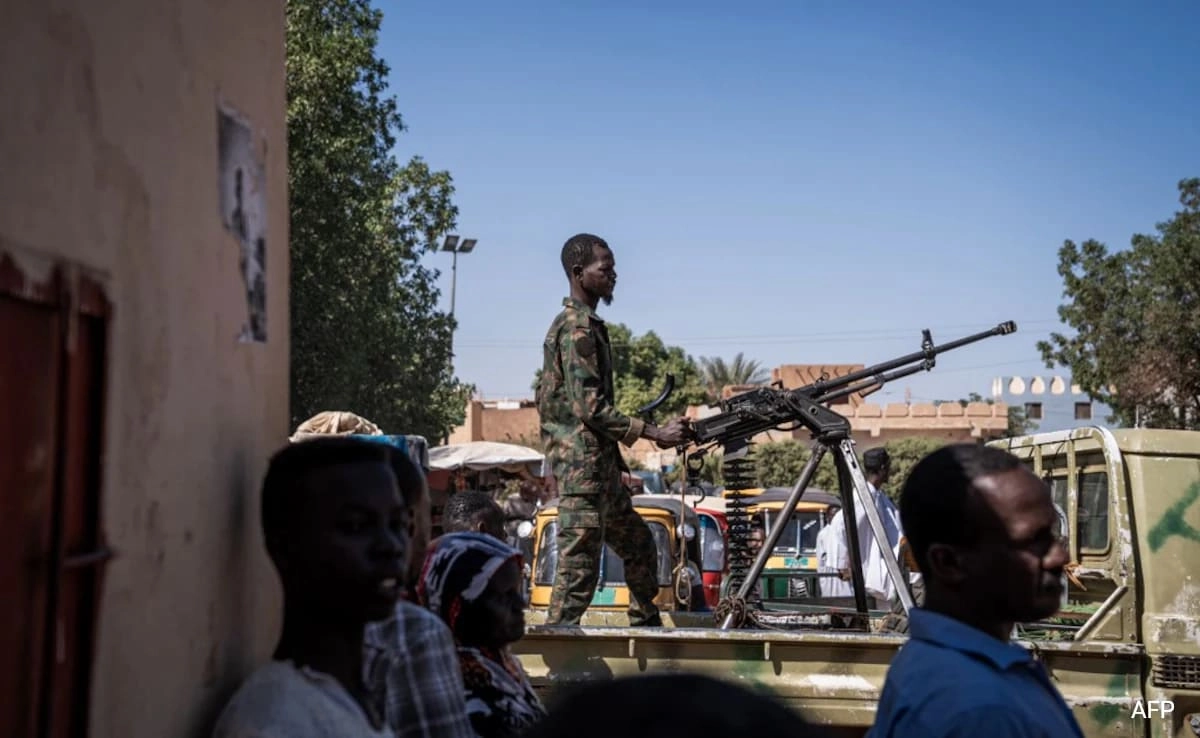A chilling case that has haunted the families of many for over two decades has finally reached a significant milestone with the arrest of a tailor in Delhi. This individual is accused of kidnapping and murdering an 8-year-old girl, an incident that has remained in the shadows of public memory for 26 long years. The heinous crime, which took place in the late 1990s, has been a painful reminder of the vulnerabilities children face and the urgent need for justice in cases of such brutality. The arrest has reignited discussions about child safety and the mechanisms in place to protect the most innocent members of society.
The details surrounding the case are harrowing. The young girl, full of life and dreams, vanished without a trace, sending shockwaves through the community. Despite extensive searches and investigations over the years, the case remained unsolved, leaving her family in a perpetual state of grief. The breakthrough that led to the arrest of the accused was a result of relentless efforts by law enforcement agencies, who utilized modern techniques and advancements in forensic science to revisit cold cases. This particular case exemplifies how advancements in technology can play a pivotal role in bringing closure to families who have suffered due to unresolved crimes.
As the news of the arrest broke, it prompted a wave of emotions among the public, with many expressing relief that justice might finally be served. For the family of the victim, this development could provide a sense of closure they have long sought. However, it also raises questions about how such tragedies can be prevented in the future. The case serves as a grim reminder of the importance of community vigilance and the need for comprehensive child protection measures. As society grapples with the implications of this crime, it becomes increasingly clear that there is an urgent need for continued dialogue on child safety, legal reforms, and support systems for families affected by such tragedies.
The arrest of the tailor not only brings hope for justice in this particular case but also serves as a wake-up call regarding the safety of children in urban environments. As communities come together to support the victim’s family, there is a collective realization that vigilance and proactive measures are essential in preventing similar incidents in the future. This case has reignited the conversation about the responsibility of society as a whole to ensure that children can grow up in safe and nurturing environments, free from the threat of violence and exploitation. The long journey toward justice may finally be taking a step forward, but it also highlights the ongoing challenges that remain in safeguarding the rights and well-being of children everywhere.




